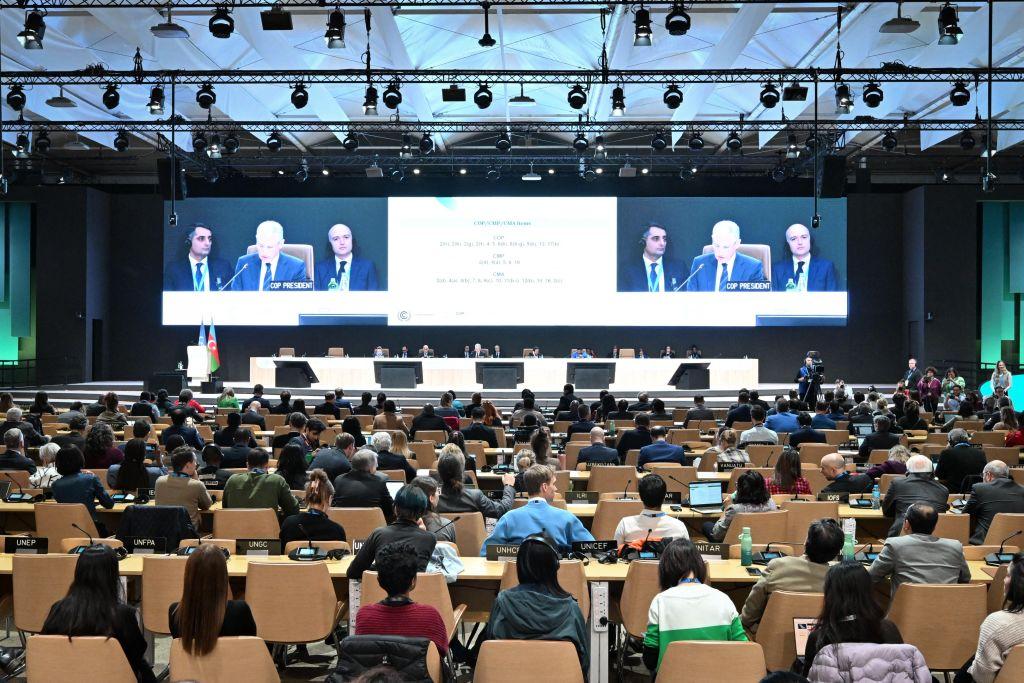DEI (which stands for diversity, equity, and inclusion to its proponents and discrimination, exclusion, and intolerance to some of its critics) is now spreading to the U.S. State Department. Actually, it’s something of a surprise, given how obsessively identity conscious the Biden administration is, that this initiative didn’t occur earlier. Was that an oversight?
Or perhaps those already working in the State Department prided themselves on how ultracompetitive it is to win a job as a foreign service officer (FSO)—securing such a position is something of an elite accomplishment—and therefore perhaps they tried behind the scenes to preserve State’s long-established meritocratic character.
The common political slogan used to sell DEI initiatives to the public is that its proponents want such-and-such a workforce to “look more like our country as a whole.” On a superficial level, that slogan may seem innocuous and unobjectionable, but on closer examination, it’s problematic. If looks make the difference between an employee doing a good job or a not-so-good job, then looks would be an important factor in hiring. In reality, however, looks by themselves don’t cut it.
As is always the case with DEI, it introduces a battle of the Q’s—quotas on one hand versus qualifications and qualities on the other. Imagine a volatile political situation in a South American country. The American president wants to pursue a policy of maintaining contacts with various political figures and parties in that country without offending any of those parties since they don’t trust each other. That can require very delicate diplomacy. Do you think the Secretary of State or one of his top deputies would say, “Wait a minute, it’s about time we put a black gay person out there to speak on behalf of our country”? Don’t you think it would be better to deploy a FSO who understands the history, economics, culture, tradition, and language(s) of that country—one with a deep feel for personal sensitivities in that country, and someone who has the moxie and wisdom to accurately communicate our government’s intentions while not committing any potentially disruptive verbal faux pas? We certainly don’t want to risk triggering an international incident just so someone can say domestically, “Well, at least our State Department matches the demographic profile of American society.”
What concerns me most about what looks like the Biden administration’s push for more blacks and fewer whites in the State Department is that the president’s proposed budget calls for $76 million to be spent by the State Department in the next year on DEI initiatives. $76 million?! I realize that amount is probably considered pocket change in today’s Washington, but you could hire 500 people to work in DEI at State for $150,000 in annual salary and still have change left over.
Abercrombie-Winstanley says that State wants to be able to provide a precise breakdown of the composition of its workforce by race, gender, ethnicity, status of disability, etc. Pardon me, but why would State need millions of dollars to do this when computers can keep track of each employee’s identity and print out updated profiles of the entire workforce as often as wanted?
Or maybe the plan for the $76 million is to “beat the bushes” and see how many more of various minorities State can drum up through various recruitment and advertising activities. This is the approach that some colleges have taken. They hire a DEI officer whose job amounts to scouring the countryside to locate members of the desired minority group. Then they convince them to enroll in the DEI officer’s college. (Alas, in the college town where I lived for years—not in Grove City, where I taught —the students that were recruited by DEI turned out to be a disaster for the college. They just weren’t able to handle the coursework.)
The question that State will inevitably have to deal with, whether they like it or not, will be whether the people they’re looking for even exist—that is, whether sufficient numbers of members of various minority groups have the professional expertise and personal qualities needed to handle the formidable challenges of a FSO.
Certainly, in this day of Zoom conferences and instant communications, State can find inexpensive ways to send recruiting materials to every college in the land without coming close to spending $76 million. If they want to try to find more qualified minorities, fine, but throwing a lot of money at the problem seems gratuitous.
One problem with the DEI movement is that they’re looking for a quick fix to a longstanding problem. It is true that certain minorities seem underrepresented in important places like the State Department. But what if the desired numbers of truly qualified minorities just aren’t there? We, as a society, need to address the root causes of underqualified minorities. My nominee for first among those root causes is the sorry state of public education in so many of our inner cities. I say that as one who did some teaching in urban schools decades ago, both visiting a number of schools in a substitute capacity and then teaching and counseling at a special inner-city school for dropouts. Frankly, by the time students left those broken schools (finally escaping from them), they were doomed never to acquire the intellectual skills needed for a demanding job like FSO.
If the Biden administration wants to start expanding opportunities for minorities, it should turn its attention to improving education. That means somehow breaking away from its codependence on teachers’ unions and making school choice universal. Fix the schools, and over the next generation, many of the undesirable racial and other disparities in the adult job market will show marked improvement.





